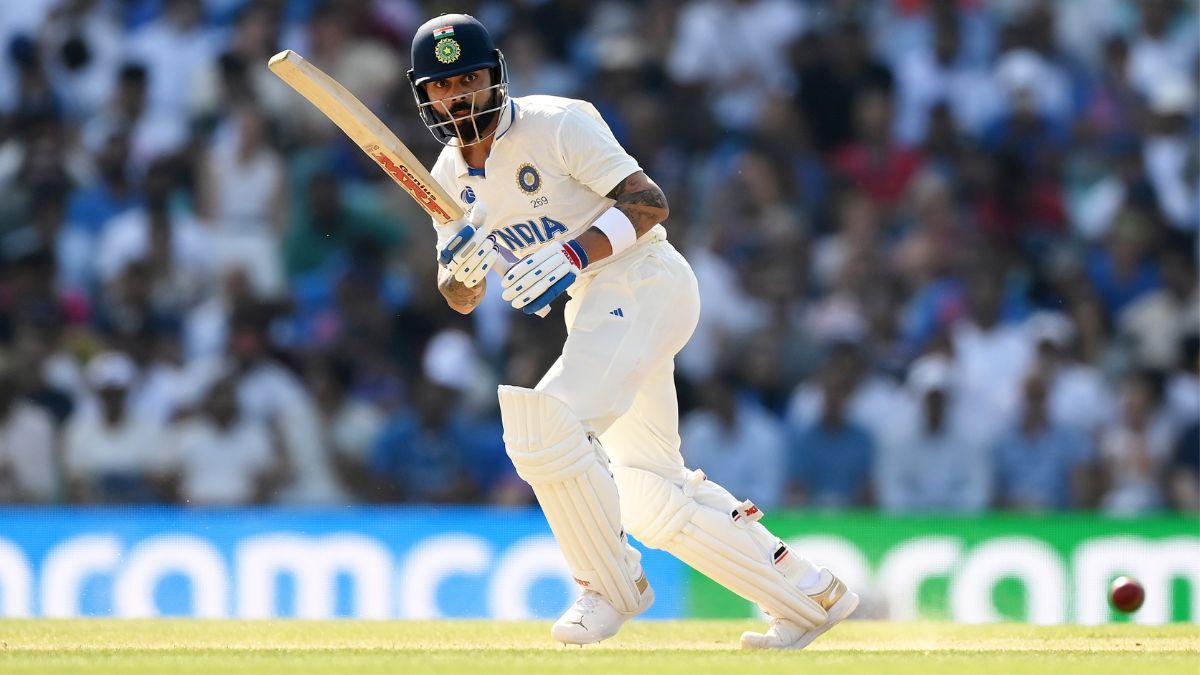The Inside-Out Shot is a notable technique employed by batsmen in the game of cricket. This shot involves an elegant and strategic execution that allows the batsman to hit the ball towards an area opposite to its original trajectory.
By employing a combination of skill, timing, and positioning, batsmen can effectively manipulate their shots and create scoring opportunities.
This article aims to provide a comprehensive understanding of the inside-out shot in cricket by exploring its execution, advantages, and tips for mastery.
- The inside-out shot is a batting technique used in cricket to hit the ball towards the off-side.
- It requires agile footwork, body positioning, and swift wrist movements to generate power and control.
- The shot strategically positions the ball in areas with fewer fielders, exploiting gaps in the field and maximizing scoring opportunities.
- Using the inside-out shot forces the fielding team to constantly adjust their defensive positions, creating opportunities for additional singles and boundaries.
Understanding the Inside-Out Shot in Cricket
The inside-out shot in cricket is a batting technique that involves hitting the ball towards the off-side, while moving across and away from the stumps.
This shot requires the batsman to change their body position and create an angle that allows them to hit the ball in the opposite direction of its trajectory.
The inside-out shot has different variations in different cricket formats. In Test matches, where patience and defense are crucial, batsmen may use this shot sparingly to counterattack or take advantage of gaps in the field.
On the other hand, in limited-overs formats like One Day Internationals (ODIs) and Twenty20 (T20), where scoring quickly is essential, batsmen often employ this shot more frequently to score boundaries.
Several famous cricketers are known for their expertise in executing the inside-out shot. One such player is Sachin Tendulkar, regarded as one of the greatest batsmen of all time.
Tendulkar’s ability to play this shot with precision and power made him a formidable force against any bowling attack. Another notable player renowned for his mastery of this technique is AB de Villiers.
His innovative stroke play and range of shots allowed him to hit boundaries effortlessly using the inside-out shot.
Understanding how batsmen execute the inside-out shot without explicitly stating each step requires analyzing their footwork, balance, timing, and hand-eye coordination when playing this stroke.
How Batsmen Execute the Inside-Out Shot
To execute the inside-out shot, batsmen employ a technique that involves positioning themselves at an advantageous angle and using their bat to direct the ball towards an intended area.
This batting technique requires precise shot selection and impeccable timing in order to effectively maneuver the ball away from its original trajectory.
The following subtopics provide a deeper understanding of how batsmen execute the inside-out shot:
- Footwork: Batsmen must have agile footwork to quickly move into position for executing the inside-out shot. This involves taking small, controlled steps towards the line of the ball while maintaining balance.
- Body Positioning: Batsmen need to position their bodies in such a way that allows them to generate power and control while playing the shot. They often open up their body by shifting weight onto their front foot and aligning their shoulders towards the intended target area.
- Bat Swing: The batsman’s bat swing is crucial for directing the ball towards an intended area. In order to achieve this, they use swift wrist movements combined with a full extension of their arms, allowing them to generate power and control over where they want to place the ball.
By employing these techniques, batsmen can effectively execute an inside-out shot, strategically placing it in areas where fielders are less likely to be positioned or where there is more open space available on the field.
Transition: Understanding how batsmen execute this challenging batting technique provides valuable insights into why it offers several advantages when compared to other shots in cricket.
The Advantages of Using the Inside-Out Shot
Employing the inside-out batting technique offers several advantages, including the ability to strategically position the ball in areas of the field that are less likely to have fielders or where there is more open space available.
This strategic application of the shot can be highly beneficial for batsmen, allowing them to exploit gaps in the field and maximize their scoring opportunities.
By using an inside-out shot, batsmen can manipulate their positioning on the crease to direct the ball towards vacant areas on the off-side or over infielders’ heads.
This not only allows them to accumulate runs but also puts pressure on the fielding team by constantly forcing them to adjust their defensive positions.
The impact on the fielding team cannot be underestimated. The use of inside-out shots requires a shift in field placements and tactics as they attempt to counteract this strategic approach.
Fielders may need to adjust their positions closer to boundary ropes or move away from traditional catching positions, creating opportunities for additional singles and boundaries.
This constant repositioning disrupts established plans and challenges fielders’ ability to anticipate where a batsman might target his shots.
In summary, mastering an inside-out shot offers significant strategic applications by enabling batsmen to strategically place balls in areas with fewer fielders or more open spaces.
This technique places pressure on opposing teams by requiring them to adjust their defensive positions frequently throughout an innings, disrupting established strategies and potentially leading to increased scoring opportunities for batsmen.
Next, we will explore tips for mastering this effective batting technique without using ‘step’.
Tips for Mastering the Inside-Out Shot
One effective approach to mastering the inside-out batting technique involves understanding the proper footwork and body positioning required for optimal execution.
When attempting the inside-out shot, it is crucial to position oneself in line with the ball’s trajectory and maintain a stable base.
This entails ensuring that the front foot is positioned close to the pitch of the ball, allowing for maximum reach and control.
By transferring weight onto the front foot while maintaining a balanced stance, batsmen can generate power through their shots.
Common mistakes made when attempting this shot include incorrect foot placement and poor balance. Placing the front foot too far across or not stepping out enough can result in mistimed shots or even getting dismissed. Additionally, failing to maintain balance throughout the shot can lead to loss of control and reduced power.
To master these techniques, batsmen should focus on practicing their footwork and body positioning extensively.
Regular drills involving hitting balls from different angles can help develop muscle memory and improve timing.
Furthermore, seeking guidance from experienced coaches or studying professional players who excel at executing inside-out shots can provide valuable insights into proper technique.
Concluding Thoughts on the Inside Out Shot in Cricket
The inside-out shot in cricket is a technique used by batsmen to manipulate the placement of the ball. By playing across the line, they can hit the ball towards the offside, even if it was originally intended towards the leg side. This shot requires precision and timing to execute effectively.
It offers several advantages, such as confusing fielders and creating scoring opportunities. To master this shot, batsmen must practice footwork and hand-eye coordination.
For instance, in a recent match between India and Australia, Rohit Sharma showcased his expertise in playing inside-out shots, helping India secure a crucial victory.
Frequently Asked Questions: Inside Out Shot
What are the basic rules of cricket?
The basic rules of cricket include different types of pitches and scoring runs. Pitches can vary in composition, such as grassy or dry, affecting the game's pace. Runs are scored by hitting the ball with a bat and running between wickets.
How long is a cricket match?
The average duration of a cricket match varies depending on the format. Test matches typically last for five days, while One Day Internationals (ODIs) and Twenty20 matches are shorter. However, weather conditions can significantly impact the length of a match.
What are the different types of cricket shots?
The different types of cricket shots include the reverse sweep and the switch hit. The reverse sweep is played by a right-handed batsman swinging the bat across their body towards the leg side, while the switch hit involves changing from one's natural batting stance to play as a left-handed or right-handed batsman.
What is the difference between an inside-out shot and a regular shot in cricket?
The inside-out shot in cricket is a technique that involves hitting the ball with the bat's face pointing towards the off side, rather than the leg side. It is used to counter spin or change the direction of play.
How do bowlers try to counter the inside-out shot in cricket?
Bowlers employ various strategies to counter the inside-out shot in cricket. They may use slower deliveries, wide yorkers, or bowl outside off stump to make it difficult for the batsman to execute the shot effectively. Defensive field placements can also be used to limit scoring opportunities.











